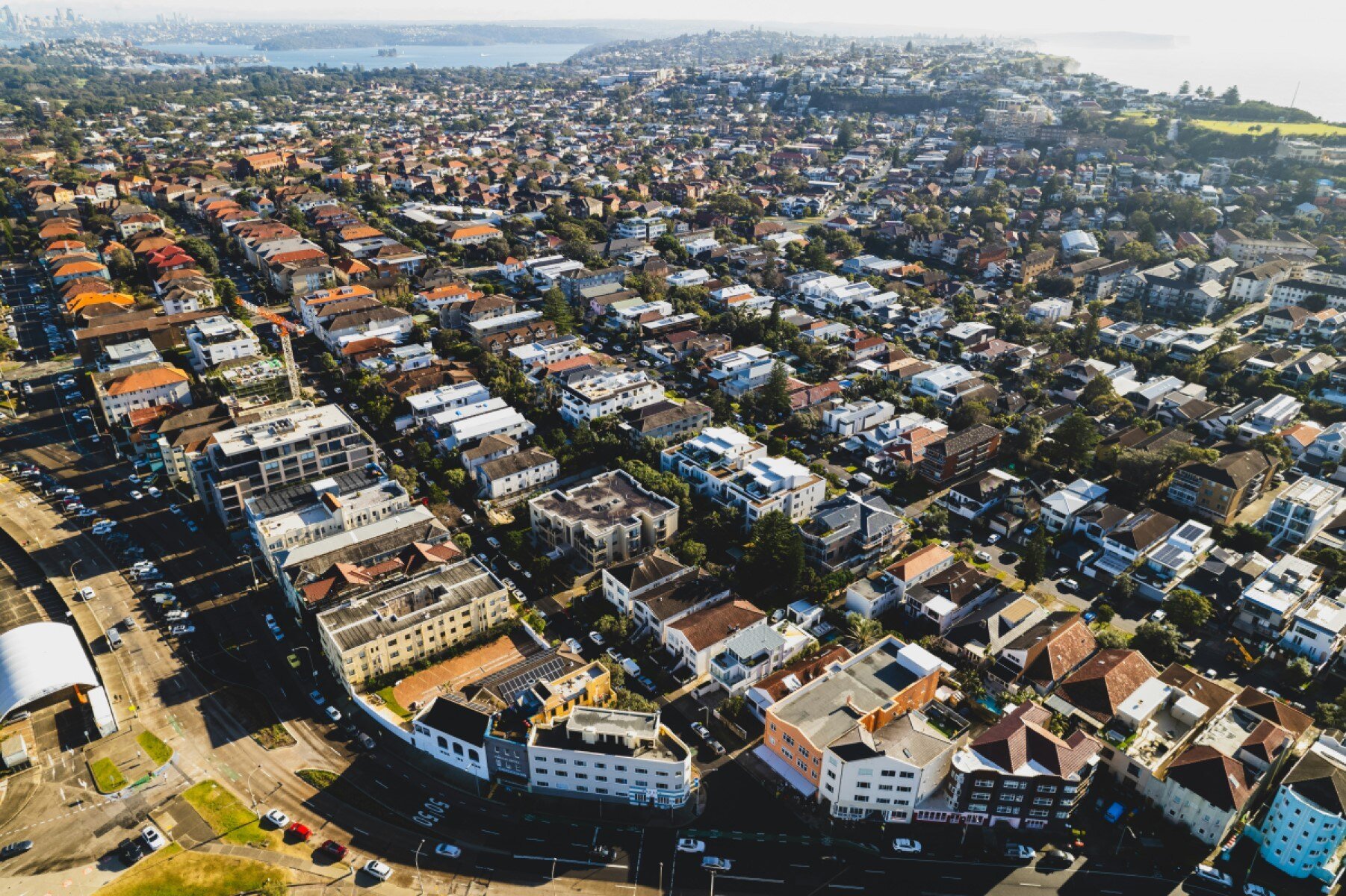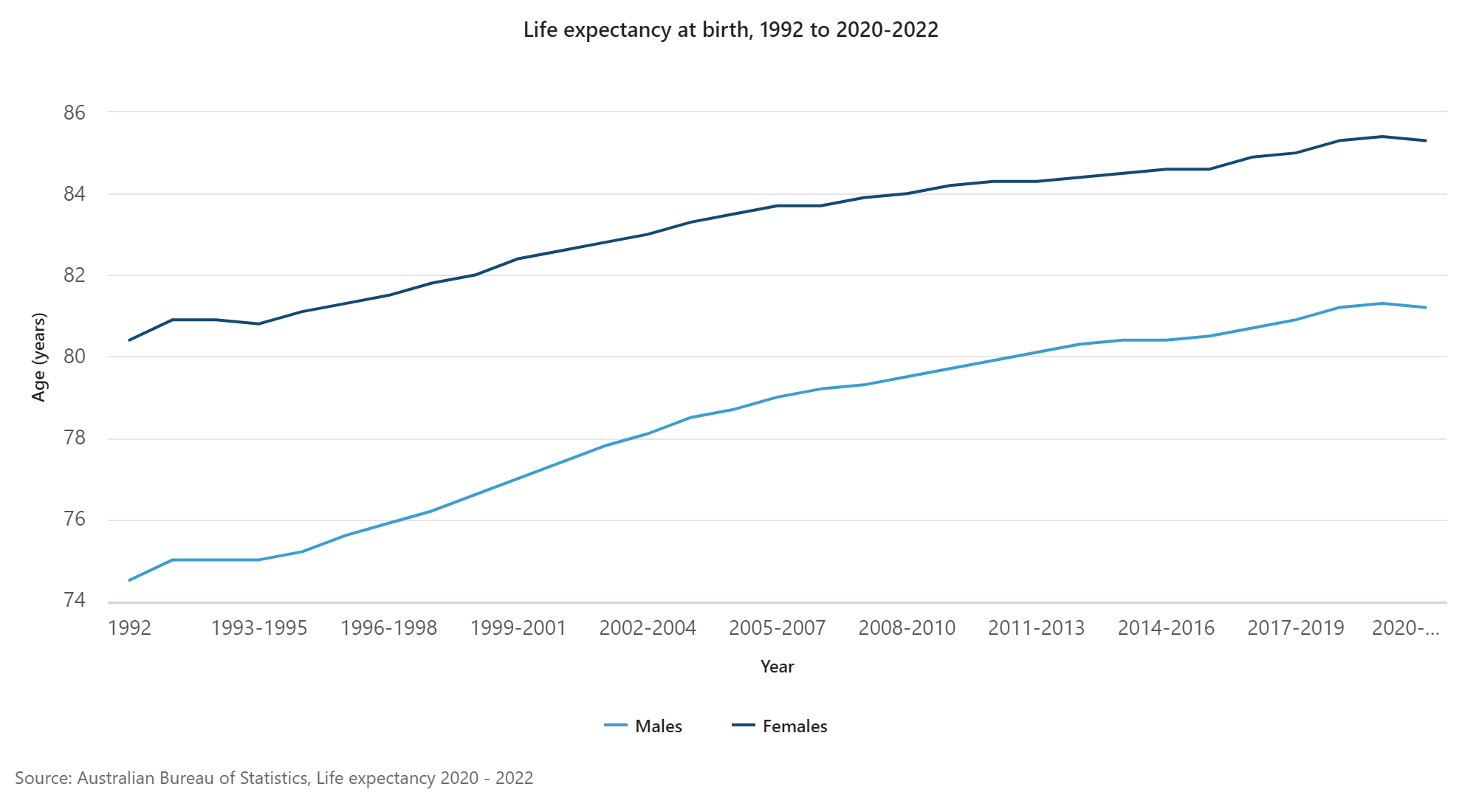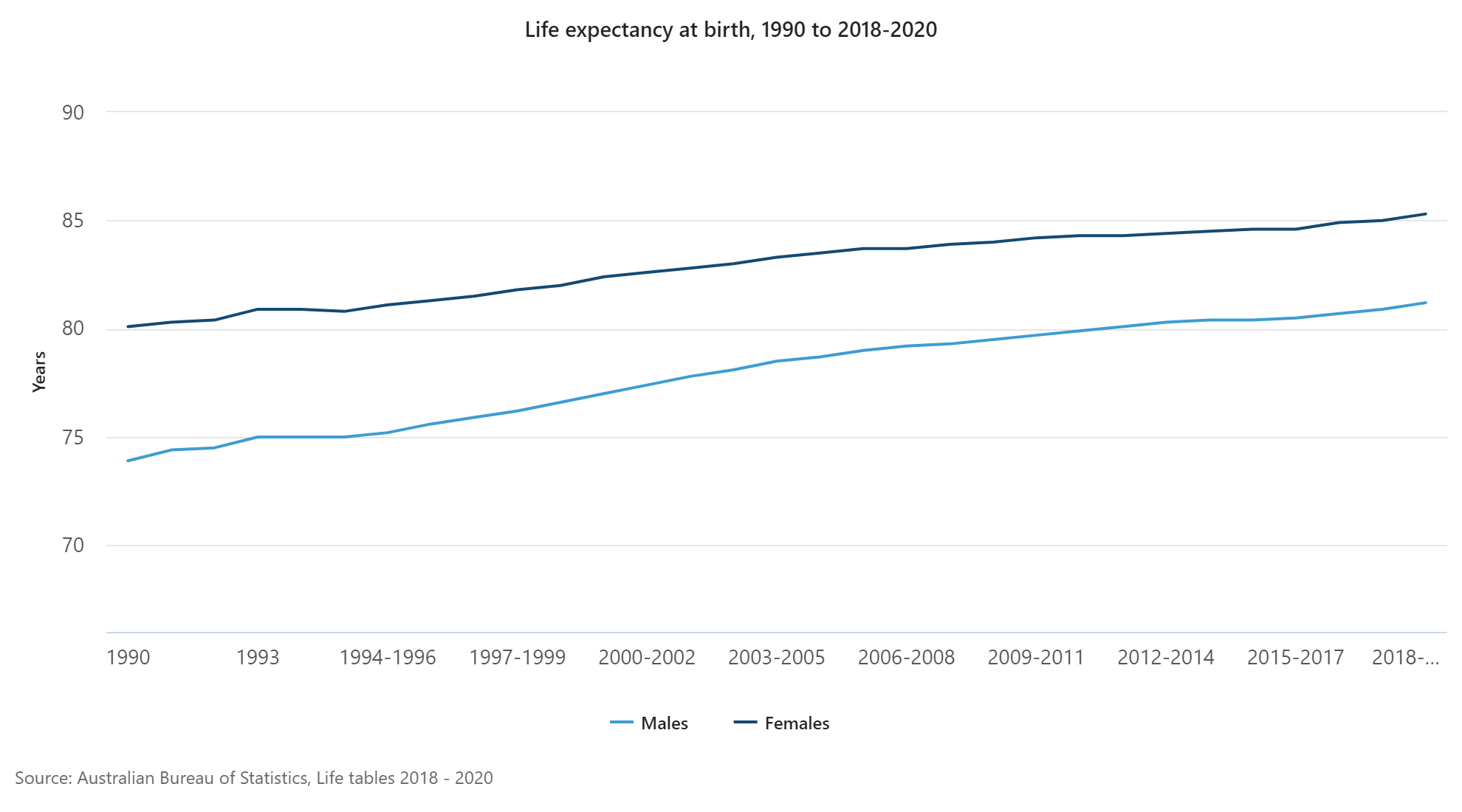Some of you may have watched the recent mini-series about INXS, the Australian band who were one of the most successful of the late 80s and early 90s. I was reminded of the music video for their 1984 song Burn for you, which naturally features the song itself, but interestingly, as the band tours north Queensland, demographic data is shown on the screen. The opening shots show the view of Mackay as a plane is taking off.
Now at the risk of ageing myself, I grew up with this sort of music blaring from the radio or my Walkman, but the 1980s was also known as the golden era of the music video. It’s interesting to see these videos now because some of them offer a historical perspective on our urban areas. Of course there are many films which offer similar historical insights (On the Beach is a great example), but this blog will focus on music videos from times past.
One of the most famous of course is the ACDC video for It’s a long way to the top, which features the band on the back of a truck slowly moving down Swanston Street Melbourne.
Filmed in the mid 70s, it’s now almost 40 years old, but the streetscape itself is still recognisable from the video. The Melbourne Town Hall is virtually unchanged, as are most corners of the Swanston/Collins Street intersection. But so much has changed – Bourke Street and Swanston Street are for the most part pedestrianised – a trend common in many cities around the world. And of course there’s a lot more high rise office space, not to mention the apartments. Hook turns at the Bourke/Swanston Street intersection – gone.
From a Melbourne perspective, have a look at the Hunters and Collectors video for Throw your arms around me – the opening shots shows the Rialto building from above, circa 1986. Skyhooks used many Melbourne references in their songs, but perhaps they were inspired by the ACDC clip because This is my city was filmed in the same year (1976). This gives a much wider perspective of the CBD – 80 Collins Street stands out as one of the few high rise buildings on the eastern side of the city. You can even catch a glimpse of the old Gas and Fuel towers, which are long gone, and where Federation Square now lies. What did City Square look like in the mid 1970s? Check out John Paul Young’s video for Yesterday’s hero about 1.30 seconds in. You can also clearly see the Manchester building in this video, which fortunately hasn’t changed!
Sydney – John Paul Young comes to the rescue here as well – gosh people will start to think I’m a fan – but the video for I hate the music shows glimpses of the Sydney skyline circa 1976 – now that is a skyline that has changed in 40 years! Jump in my Car, by the Ted Mulry Gang shows similar glimpses – actually surprised how many office buildings were already in Milsons Point in the mid 1970s. Ratcat’s 1990 video for That ain’t bad is interesting, because it shows Darling Harbour and the Western distributor under construction (and yes that is a young Naomi Watts). There’s also the Do-Re-Mi video for Man Overboard, from 1985, which also shows Sydney streets and the Darling Harbour area – which has been totally transformed. At the risk of venturing into social commentary, it’s also curious that all the shots of people drinking in the CBD pubs are older men – a throwback to the culture of the time perhaps? In my circle of friends, “old man’s pub” was a common descriptor of these establishments. The last minute or so of the video shows several shots of apartment buildings in what I believe is Bondi – a nice visual aspect of how dense parts of Sydney have been for some decades. Finally, it would seem obvious that a song called Streets of your town (The Go-betweens, late 1980s) would showcase our cities – and it does – though it does seem to be a mix of Sydney and Melbourne – and possibly Brisbane (where they originated from).
And what about the population data in “Burn for you”? Well at the beginning of the video as the plane is taking off, it says Mackay’s population is 35,000. Later in the video a population of 86,000 is shown for Townsville and 48,000 for Cairns. What are they now? Of course it’s difficult to know what geographic definitions are used, but if we stick with the 2011 Census urban centre boundaries, the populations are around 74,000 for Mackay, 158,000 for Townsville and 134,000 for Cairns. But I’m more interested to know if the view of Mackay from the plane is still the same, especially since the population has possibly doubled – can anyone confirm? Even more intriguingly, there is a population of 8.5m cited for London towards the end of the clip. However, due to the many geographic definitions of “London” it’s virtually impossible to know what a comparable figure would be – suffice to say it’s one of the largest urban conurbations in the world if you consider the wider metropolitan area.
This is just a brief overview of the many music videos that show our urban areas at a point in time. What other music videos can you think of which offer an insight into how urban areas have changed? Drop us a line below!









